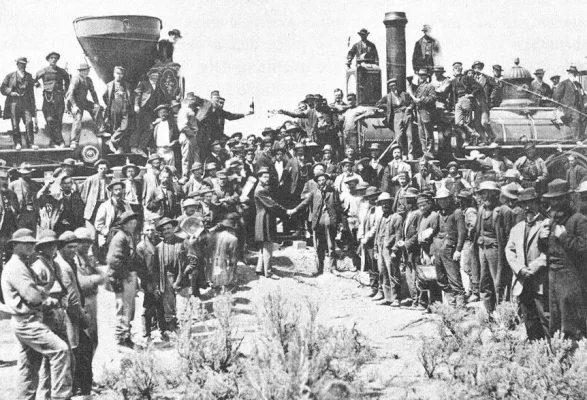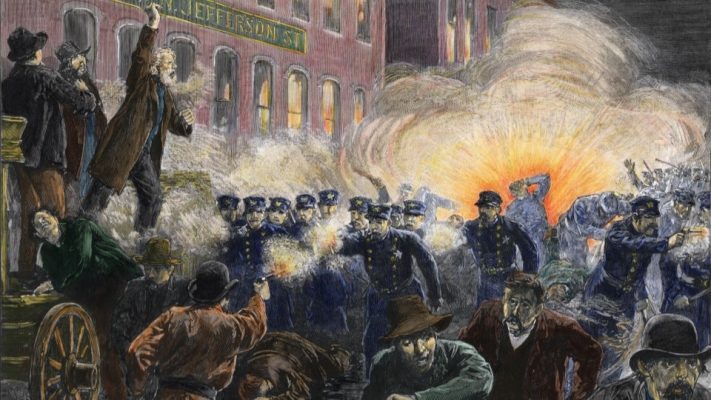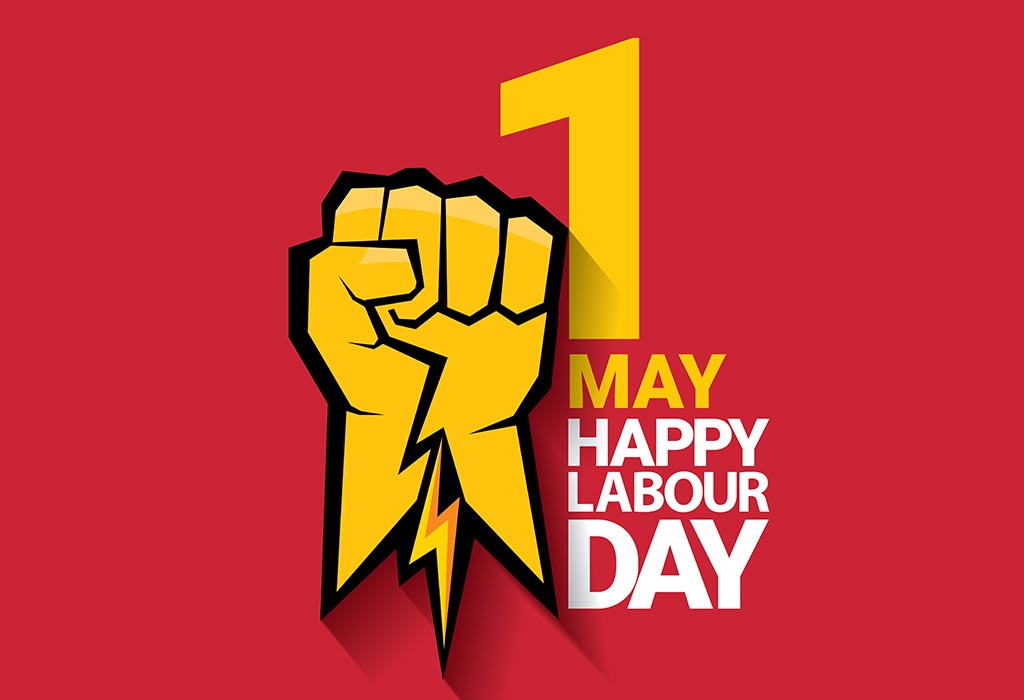May Day is celebrated on 1st May every year. Dating back more than a millennium ago, the tradition has a huge history behind it and neither for the same reason observed today. Now it carries the sentiments of the labour movement for workers’ rights in the 19th century with International Workers’ Day. However, when it was first established, it was to welcome the new season and signifies change.
Celtic Britons, or the Celts of Britain, hold May 1st to be the most important day of the year for them. May 1st was when the festival of Beltane was celebrated, a Gaelic holiday that marks the beginning of summertime. The festival was meant to divide the year between light and dark. The tradition of bonfires also symbolised fertility and the return to life worldwide. However, when the Romans took over Britain, the event was extended from April 20th to May 2nd after combining with the festival of Floralia, after the goddess Flora.

Nowadays, on the other hand, May Day has taken on a completely different meaning. International Workers’ Day is a widely celebrated, worldwide event. Labour rights were imperative to recognise, especially during the peak of the Industrial Revolution, and a cause worth fighting for. To this day, labour rights are still evolving and are a continuous struggle where work conditions are completely abysmal.
So how do the original May Day and International Workers’ Day relate to each other?
Honestly, they don’t. It just happens that International Workers’ Day took over and gained more importance. Considering the majority of Europe is the minority in celebrating events like Beltane or Maifeiertag in Germany, Workers’ Day is the more conventional event observed worldwide. Some countries, of course, do not observe this holiday, for example, the United Arab Emirates provides no holiday and Canada instead celebrates it on the first Monday of September. The labour movement grew at the height of the Industrial Revolution, specifically the Second Industrial Revolution in 1870.

What is the Labour Movement?
At the tail end of the Second Industrial Revolution, the Federation of Organized Trades and Labor Unions made it a policy to only keep 8-hour workdays from 1st May 1886 onwards. The hazardous work conditions, leading to the deaths of men, women, and even children, made this reevaluation necessary. An American labour organisation, Knights of Labor, encouraged workers to strike and demonstrate while supporting the new policy. On 1st May 1886, more than 400,000 workers across America went on strike in peaceful protest.

This changed on May 3rd when the protests went from peaceful to violent. Chicago police clashed with workers which led to several deaths and thus, a rally was organised the next day in protest against the police. Both sides lost a lot of people in the coming months. This led to the Haymarket Riot (or the Haymarket Affair or Massacre) in August 1886 where 8 men were convicted and put on trial without evidence for anarchy. However, it’s alleged that the swayed jury were all part of big businesses. 4 of the men were hanged, 1 had committed suicide and the rest 3 were pardoned after 6 years during their 15-year sentence. The group became martyrs, known as the Haymarket Martyrs, and had a rally of over 300,000 people in London in 1890 on May Day.
Status of May Day Today
The importance of May 1st to workers was inevitably accepted by governments. Now, May Day is recognised as International Workers’ Day across 66 countries. In a twist of irony, it is not recognised on 1st May in America where it became largely advocated for. In India, the day is also called “Maharashtra Day” or “Gujarat Day.”
Mark your calendars for this May Day on 1st May 2024!



